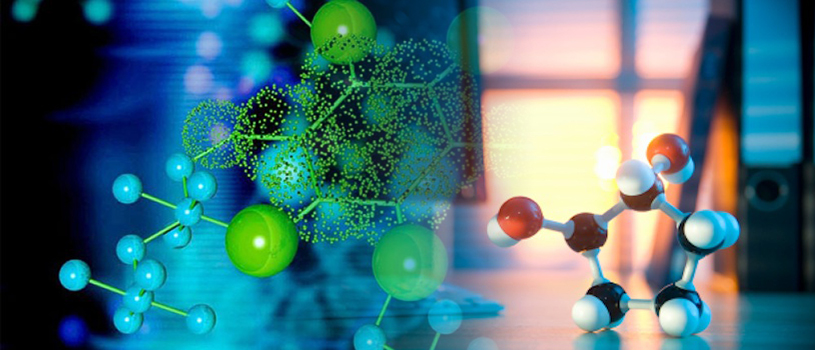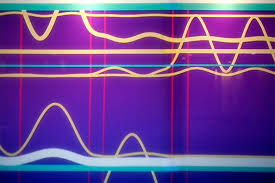
Given the right conditions, certain types of cells are able to self-assemble into new lifeforms after the organism they were once part of has died.

University of Wyoming researchers have gained further insight into how tardigrades survive extreme conditions and shown that proteins from the microscopic creatures expressed in human cells can slow down molecular processes.

Recently scientists have discovered one plausible pathway for how protocells may have first formed and chemically progressed to allow for a diversity of functions.

Spanish Researchers have captured the world's first high-resolution images of the earliest moments of microtubule formation inside human cells.

The latest study suggests the area in the human nose seems to carry on producing neurons in our adulthood, based on an analysis of human tissue taken from seven middle-aged human donors.

A new structure in human cells has been discovered by Swedish researchers. The structure is a new type of protein complex that the cell uses to attach to its surroundings and proves to play a key part in cell division.

Japanese researchers have successfully created immature human eggs out of stem cells, bringing us a step closer to make babies from skin cells.

Swedish researchers have created a systematic and detailed map of the cell types of the mouse nervous system. The researchers will now use the same methods to map out the human brain on a detailed level.

Scientists have just defined a new shape called the scutoid (SCOO-toid) while studying epithelial cells, the building blocks of embryos that eventually end up forming our skin and lining our organs and blood vessels.

Harvard researchers reported how they systematically profiled every cell in developing zebrafish and western claw-toed frog embryos to establish a roadmap revealing how one cell builds an entire organism.

US Scientists managed to identify the gene that caused Alzheimer’s disease. Not only that, but they also managed to neutralize the gene so that it did not lead to Alzheimer’s development.

Researchers have fused living and non-living cells for the first time in a way that allows them to work together, paving the way for new applications.

Researchers use a precision 3D cell-patterning technology called DNA-programmed assembly of cells (DPAC) to set up an initial spatial template of a tissue that then folds itself into complex shapes.

New techniques in DNA self-assembly allow researchers to create the largest to-date customizable patterns with nanometer precision on a budget.

The technology could have multiple applications, from identifying victims in a mass disaster to analyzing crime scenes.